What is Polishing?
- A process to generate a reflective surface
- Normally, the polish is generated by using a fine-micron or sub-micron abrasive particle in combination with a liquid. Polishing is a “wet” process.
- Often the polishing process utilizes a pad to contain the abrasive, so polishing may not be a “loose abrasive process.” The pad is softer than the part.
- Very little material is removed during the polishing process, normally measured in microns
- The surface finish of the work-piece to be polished must be of a high quality prior to the polishing process taking place, so the pre-polishing process is often a “lapped” surface.
Polished Surface Functions
- Enables sealing of high pressure gases and liquids
- Cosmetic purposes
- Enables the use of optical flatness measurement instruments
- Reduces the amount of surface and sub-surface damage
- Provides better uniformity of surfaces requiring epitaxial processes or deposited materials
- Generates sharper edges on cutting tools
Types of Polishing
- Soft or hard pads using a conventional or special purpose abrasive slurry
- Soft or hard pads using a diamond abrasive slurry which may be water-base or oil-base
- Hard pads using a diamond compound and lubricant
- Diamond slurry polishing using a composite plate
- Diamond slurry polishing using a metal plate
- Fixed-abrasive films (captured abrasive) and lube
Lapping vs. Polishing
Lapping
- Dull, non-reflective surface (matte)
- Multi-directional lay pattern
- Component function (coating)
Polishing
- Reflective finish
- Typically 2nd step
- Component function (sealing)
- Cosmetic appeal
- Light-band inspection
How Does Polishing Work?
- Polishing often uses a polishing pad and water-base slurry to generate the reflective or clear surface
- An unblemished, scratch-free surface finish is critical on polished surfaces. To generate the required finishes, the polishing slurries are often caustic. As such, the polishing systems may feature stainless steel exposed components such as the hardware, rings and plates.
- Further to the above, some polishing applications also require thorough water rinsing during the end of the processing cycle, in order to remove the polishing media so it does not “stain” the surface. This is another reason why stainless steel is required.The polishing pads are usually grouped into either “soft” pad or “hard” pad categories.
Lapping vs. Polishing Systems
- The lapping and polishing systems are quite similar in most aspects
- However, since polishing normally takes place using a pad and slurry, the surface tension is quite high compared to lapping
- In addition, a polished part features a much higher level of surface tension compared to a lapped part
- Based on the above items, polishing systems may feature a higher level of horsepower for the drives
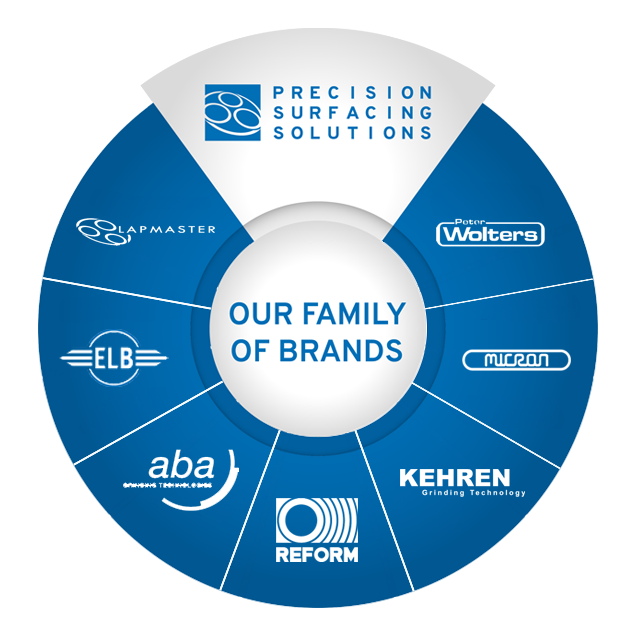
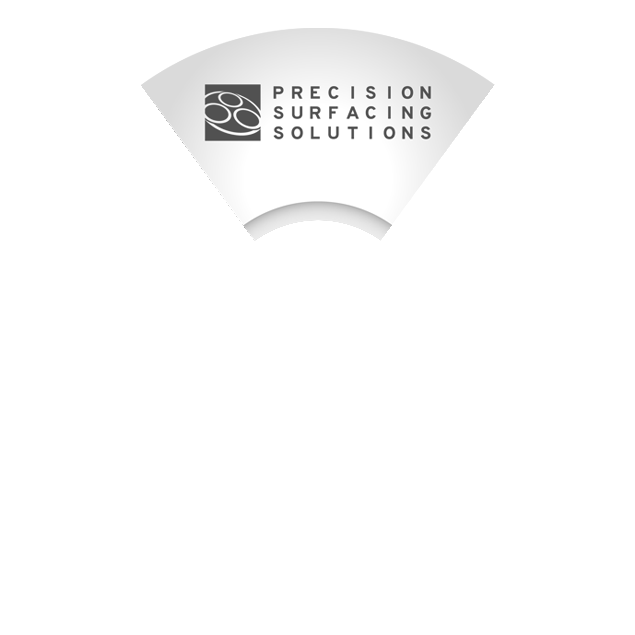

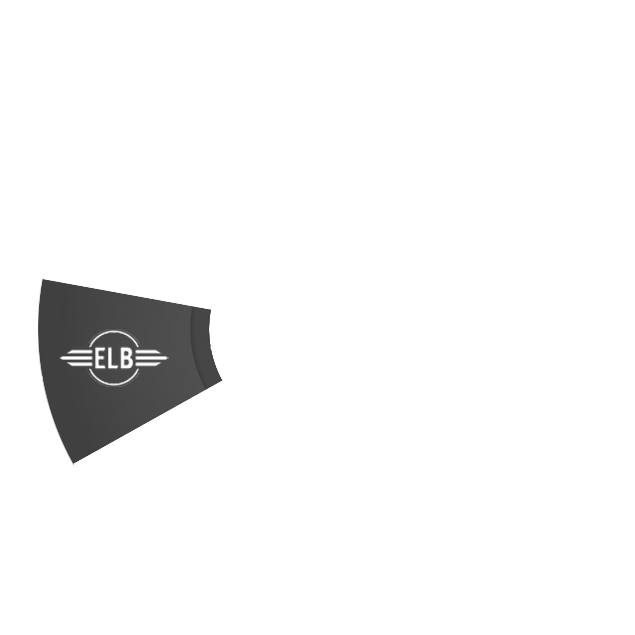
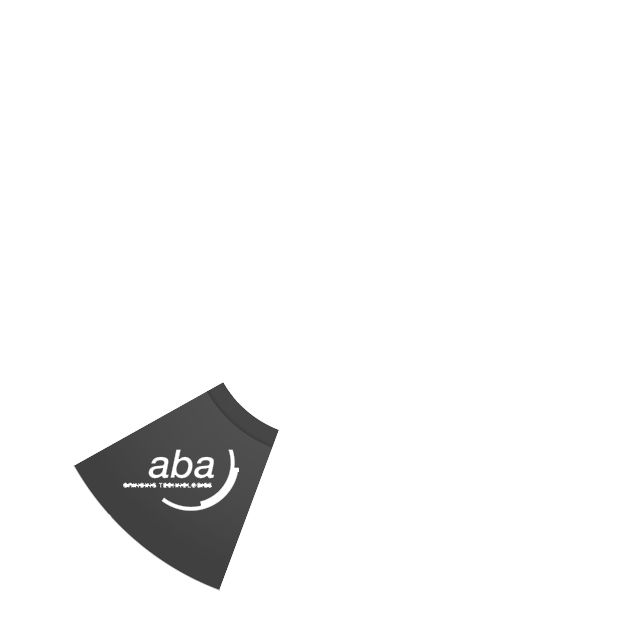
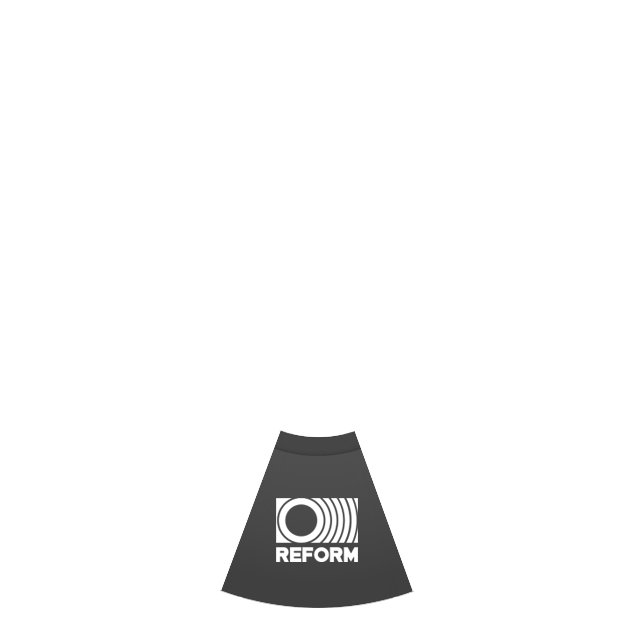
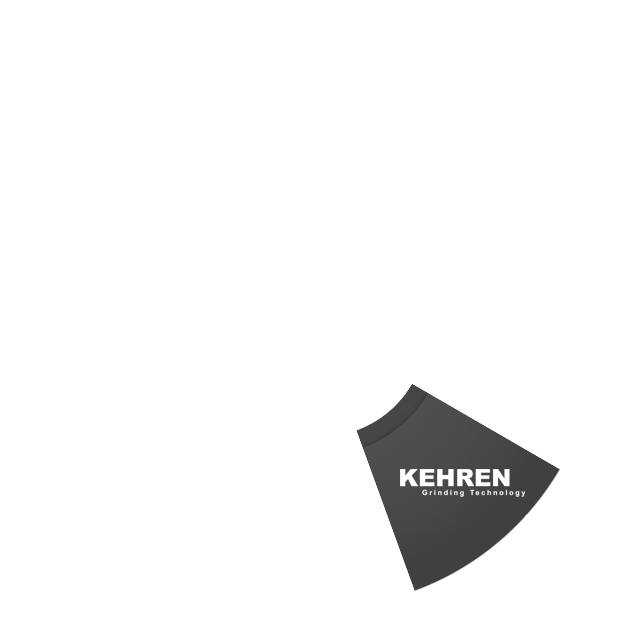
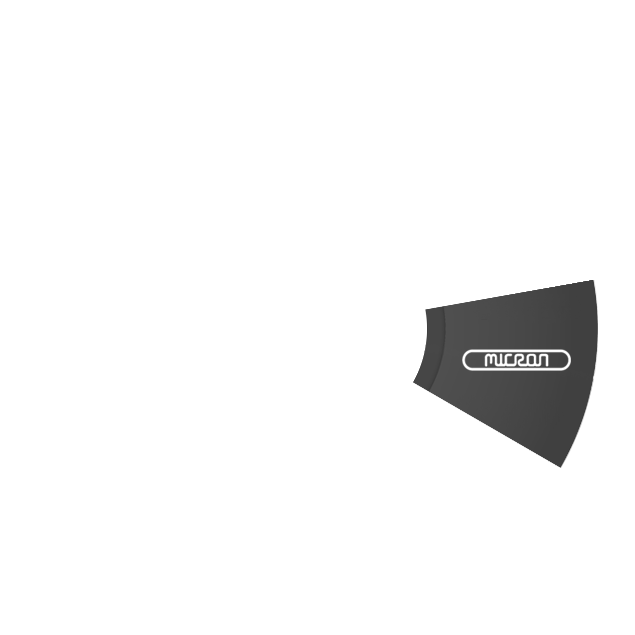
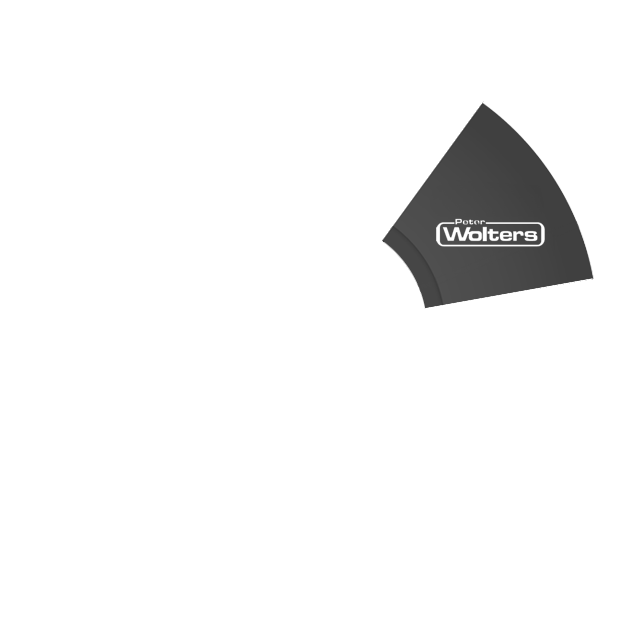
PRECISION SURFACING SOLUTIONS
PRECISION SURFACING SOLUTIONS supports manufacturers in a wide variety of industries in which precision grinding, lapping, polishing, deburring and advanced materials processing equipment is commonly used. They all need high-quality, high-precision, stable and well-engineered machines to manufacture high-quality work pieces.
Visit SiteLapmaster Wolters
Founded in Chicago in 1948 as a manufacture of lapping and polishing machines for the mechanical seal market, Lapmaster has grown to a worldwide solution provider for more than 20 industries like precision optics and advanced materials.
Visit SiteELB-Schliff
ELB-Schliff Werkzeugmaschinen GmbH has been producing surface and profile grinding machines for over 70 years. The company was founded by Edmund Lang in the city of Babenhausen which led to the name "ELB-Schliff".
Visit Siteaba Grinding
The aba company was founded in 1898 under the name "Messwerkzeugfabrik Alig & Baumgärtel Aschaffenburg", hence the initials aba. Today, the aba Grinding Technologies is exclusively focused on the advancement and production of precision surface and profile grinding machines.
Visit SiteREFORM
REFORM Grinding Technology GmbH is specialized in the sales, development & production of grinding machines for various applications at its location in Aschaffenburg (Germany).
Visit SiteKEHREN
Founded in 1934, KEHREN is a well-established designer and builder of high-precision grinding machine tools and systems under the following categories: vertical grinding centers, vertical grinding centers with portal design, surface grinders with rotary tables and horizontal spindles, and surface grinders with dual rotary tables and vertical spindles.
Visit SiteMicron
Produced in Germany since 2009, MICRON machines are compact and dynamically rigid grinding machines especially designed for Creep Feed and Profile grinding. MICRON is an industry leader in grinding of Hydraulic components like stators, rotors and van pumps.
Visit SitePeter Wolters
Founded in Germany in 1804 by Mr. Peter Wolters, Peter Wolters has been producing lapping, polishing and fine grinding equipment since 1936. In 2019 Precision Surfacing Solutions acquired the division Wafer plant and service business for photovoltaic and special materials of Meyer Burger. Further Information can be found at www.precision-surface.ch
Visit Site



